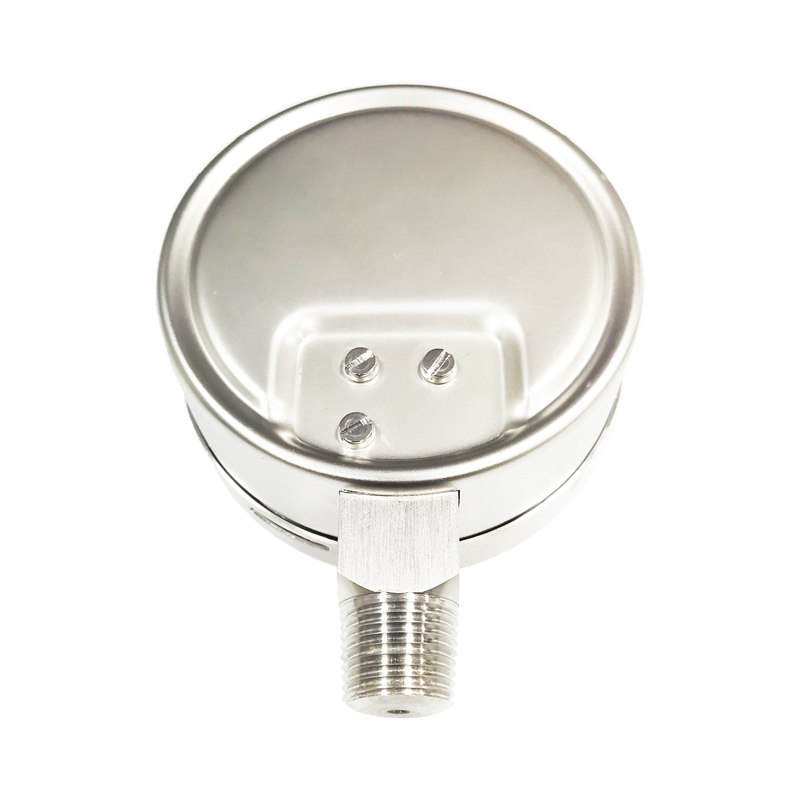
Dec . 23, 2024 20:07 Back to list
Acquire Diaphragm Pressure Sensors for Accurate Readings and Reliable Performance
Understanding Diaphragm Pressure Sensing Elements A Guide to Buying
When it comes to measuring pressure, one of the most reliable and widely used technologies is the diaphragm pressure sensing element. These devices are critical in various industries, including hydraulics, aerospace, and HVAC systems, where accurate pressure readings are essential for optimal performance and safety. If you're considering buying a diaphragm pressure sensing element, there are several factors you should take into account to ensure you make an informed decision.
What is a Diaphragm Pressure Sensing Element?
A diaphragm pressure sensing element operates by using a flexible membrane or diaphragm that deflects when pressure is applied. This deflection is converted into an electrical signal, which can then be measured and interpreted. Diaphragm sensors are favored for their robustness and ability to provide accurate measurements in a wide range of conditions. Their designs can vary significantly, accommodating different pressure ranges, fluid types, and environmental conditions.
Key Features to Consider
1. Pressure Range Diaphragm pressure sensors come in various pressure ranges. When selecting a sensor, it is crucial to determine the maximum and minimum pressure levels you need to measure. Exceeding a sensor's rated pressure can cause damage, leading to inaccurate readings or complete failure.
2. Material Construction The material of the diaphragm is critical, especially if the sensor will be used in harsh environments or with corrosive media. Common materials include stainless steel, which offers excellent durability, and elastomers, which can provide flexibility. Ensure the material you choose is compatible with the fluids or gases it will be exposed to.
3. Accuracy and Stability Accuracy is a vital consideration. Different sensors offer varying levels of precision. Check the manufacturer's specifications for accuracy ratings and ensure they meet the standards required for your application. Stability is equally important, particularly for applications that require continuous monitoring.
4. Output Signal Diaphragm pressure sensors can offer different types of output signals, including analog (such as 4-20 mA or voltage outputs) and digital signals (like RS485 or Modbus). The type of output will depend on your existing systems and how the sensor will be integrated into your setup.
buy diaphragm pressure sensing element

5. Temperature Range Environmental factors, especially temperature, can affect sensor performance. Check the temperature specifications and ensure that the sensor can operate effectively within the range of your application.
6. Size and Mounting Options The physical dimensions of the pressure sensor and its mounting configuration should also be considered. Ensure that the sensor can fit into your existing setup with minimal modifications. Whether you need a compact design for tight spaces or a specific mounting style can influence your choice.
Where to Buy Diaphragm Pressure Sensing Elements
When it comes to purchasing diaphragm pressure sensing elements, there are several options available
- Specialized Distributors Many distributors specialize in industrial sensors and can offer a range of products to meet your needs. They often provide comprehensive technical support and expertise, which can be invaluable when making your selection.
- Online Marketplaces Websites like Amazon, eBay, and dedicated industrial supply platforms can provide a variety of options, often with customer reviews to guide your decision. Be sure to check the reputation of the seller and the return policy, should you need to make a change.
- Direct from Manufacturers Purchasing directly from manufacturers can often result in better prices and access to customized solutions. Many manufacturers offer online catalogs and technical support, which can help you find the perfect fit for your application.
Conclusion
Buying a diaphragm pressure sensing element involves understanding your specific needs and the various features that different sensors offer. By considering factors such as pressure range, material, accuracy, output signal, temperature range, size, and where to buy, you can ensure that you select the right sensor for your application. Take the time to research and consult with experts if needed, as investing in the right diaphragm pressure sensing element can lead to improved efficiency and safety in your operations.
-
High-Precision 5 Valve Manifold Differential Pressure Gauge Suppliers
NewsApr.29,2025
-
High-Precision Diaphragm Vacuum Pressure Gauges Manufacturers & Quotes
NewsApr.29,2025
-
Omega Differential Pressure Gauges High Accuracy & Durability
NewsApr.28,2025
-
Low Pressure Differential Pressure Gauges Precision Solutions & Quotes
NewsApr.28,2025
-
Digital Diaphragm Pressure Gaauge Precision Measurement & OEM Quotes
NewsApr.28,2025
-
Differential Pressure Gauge China Price High-Accuracy & Best Quotes
NewsApr.28,2025
